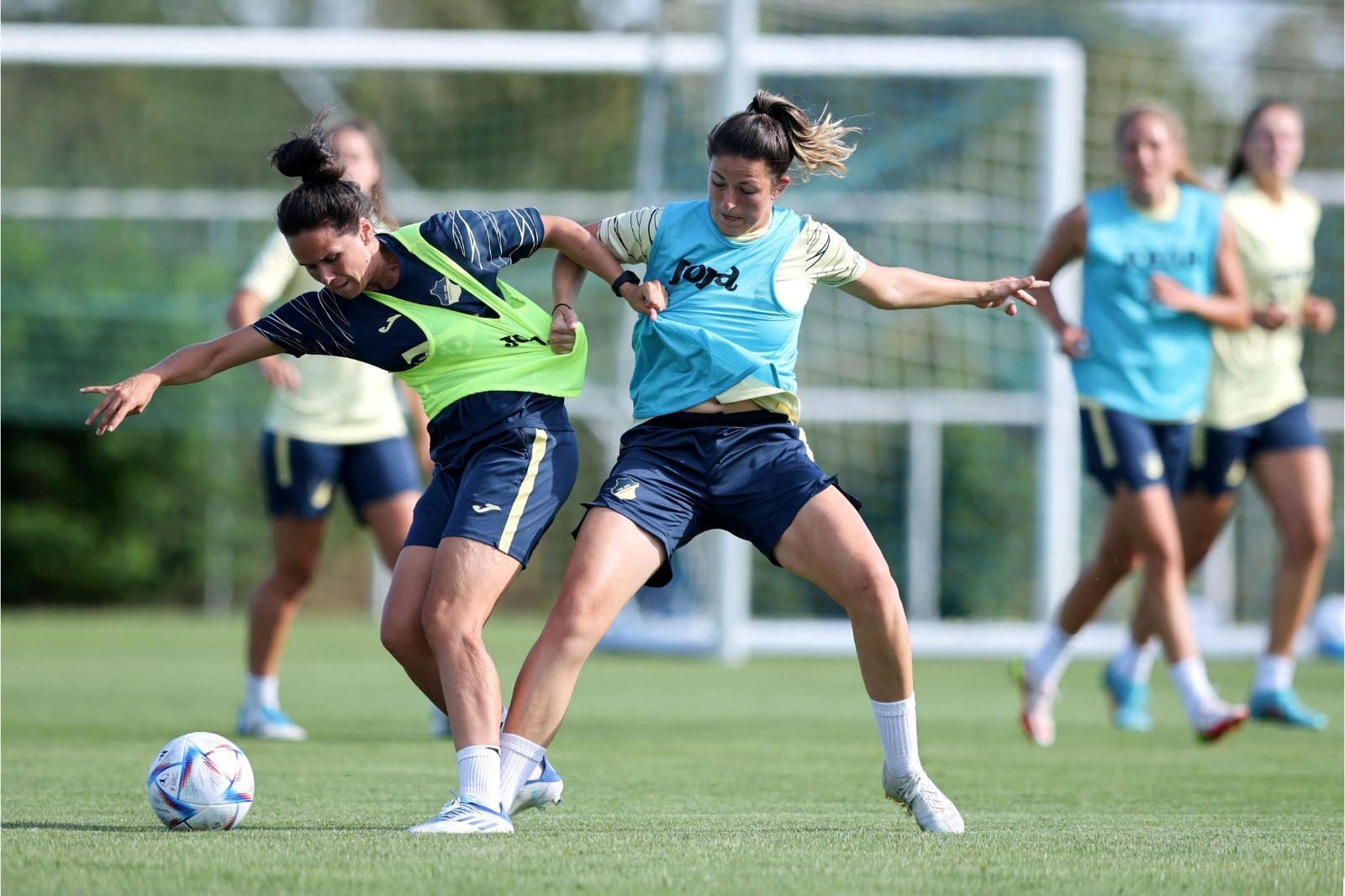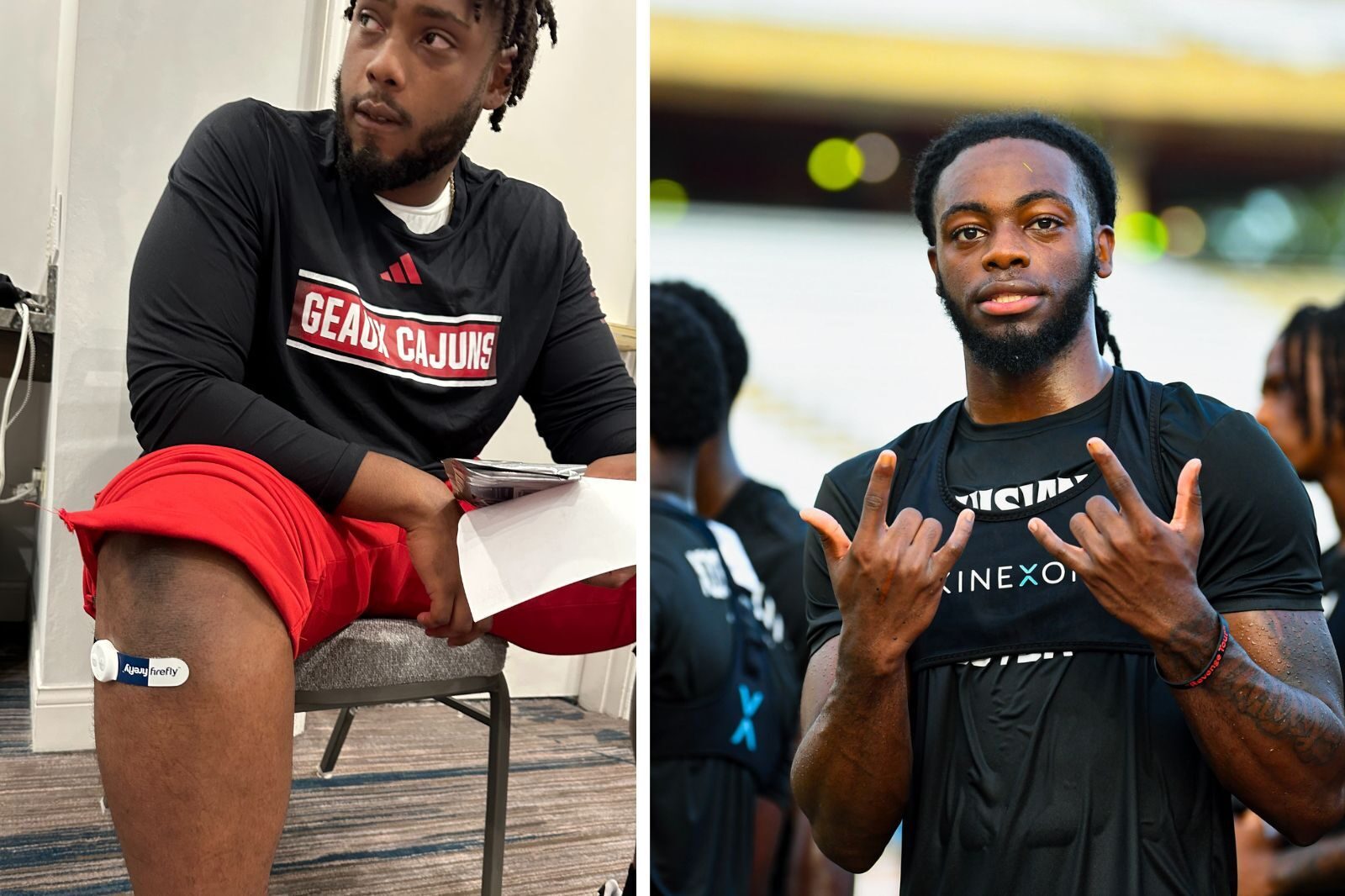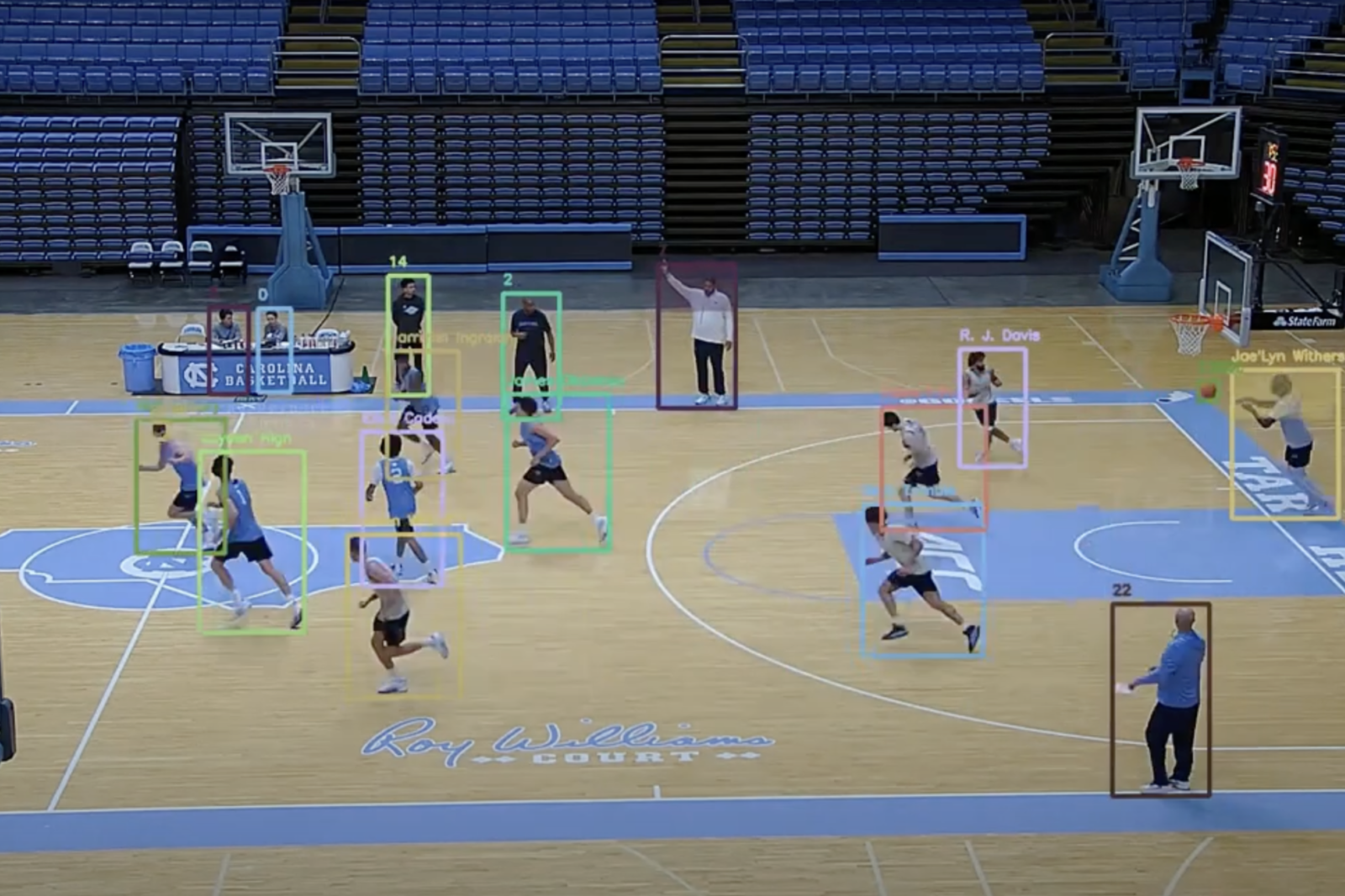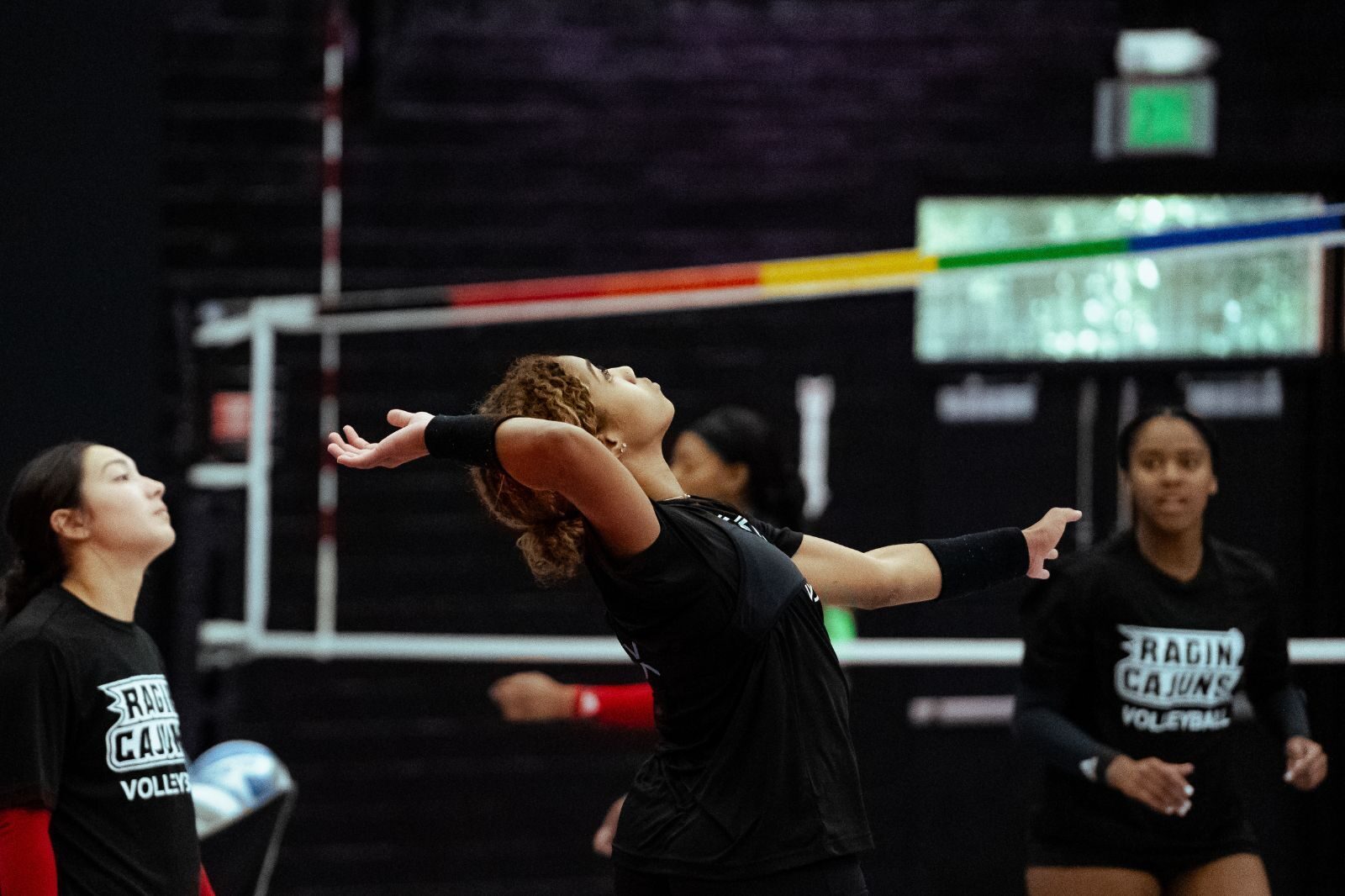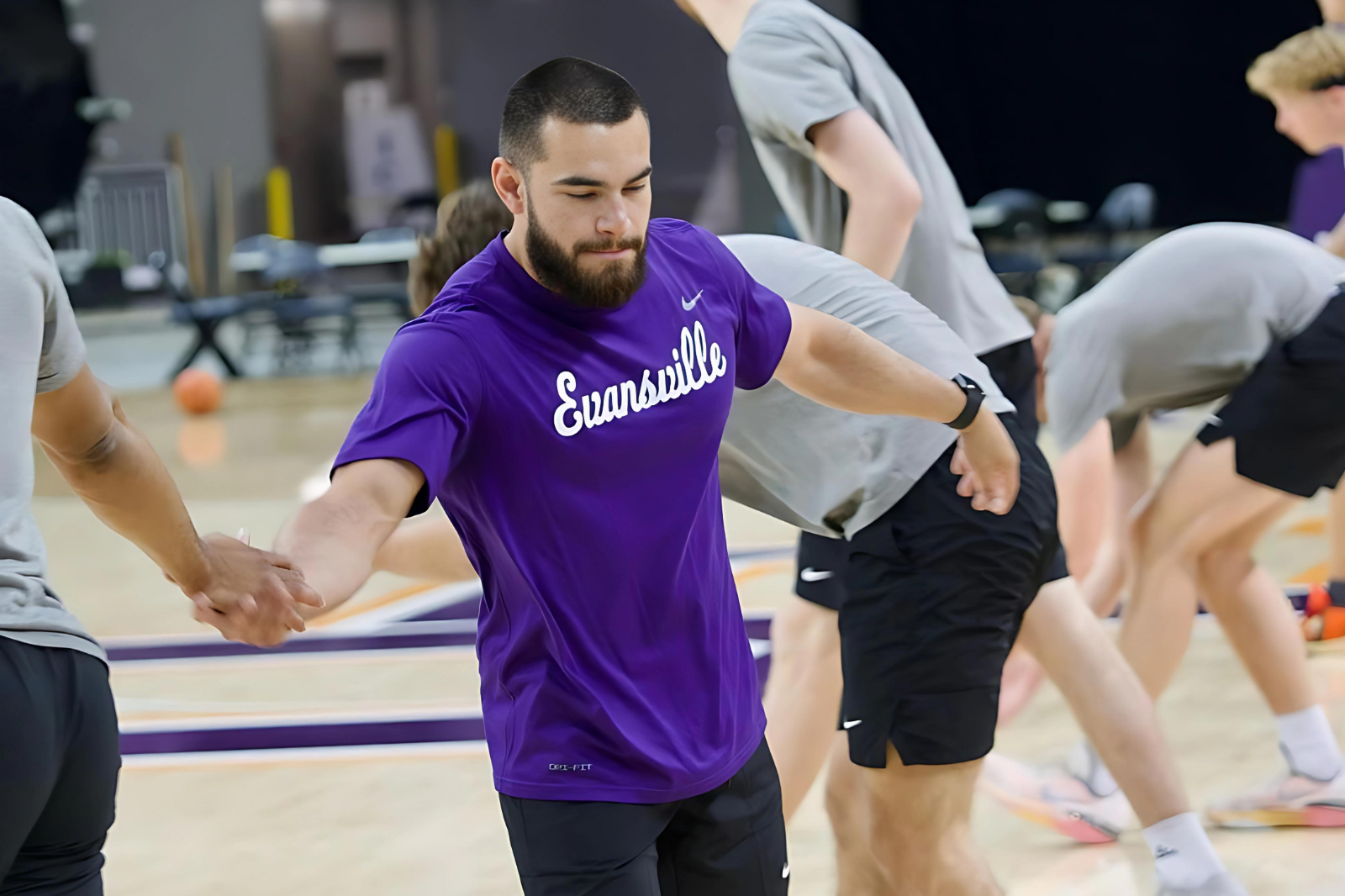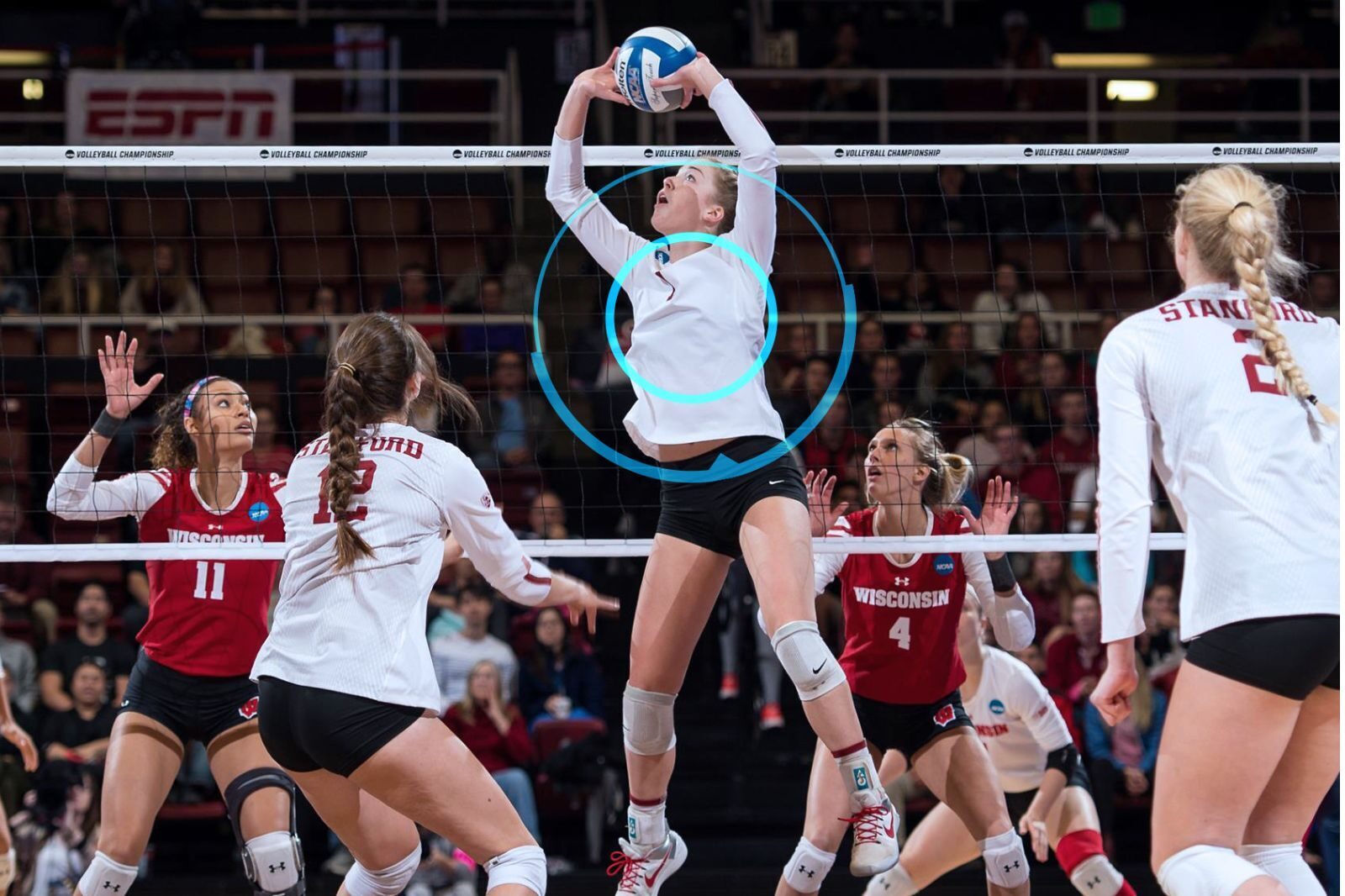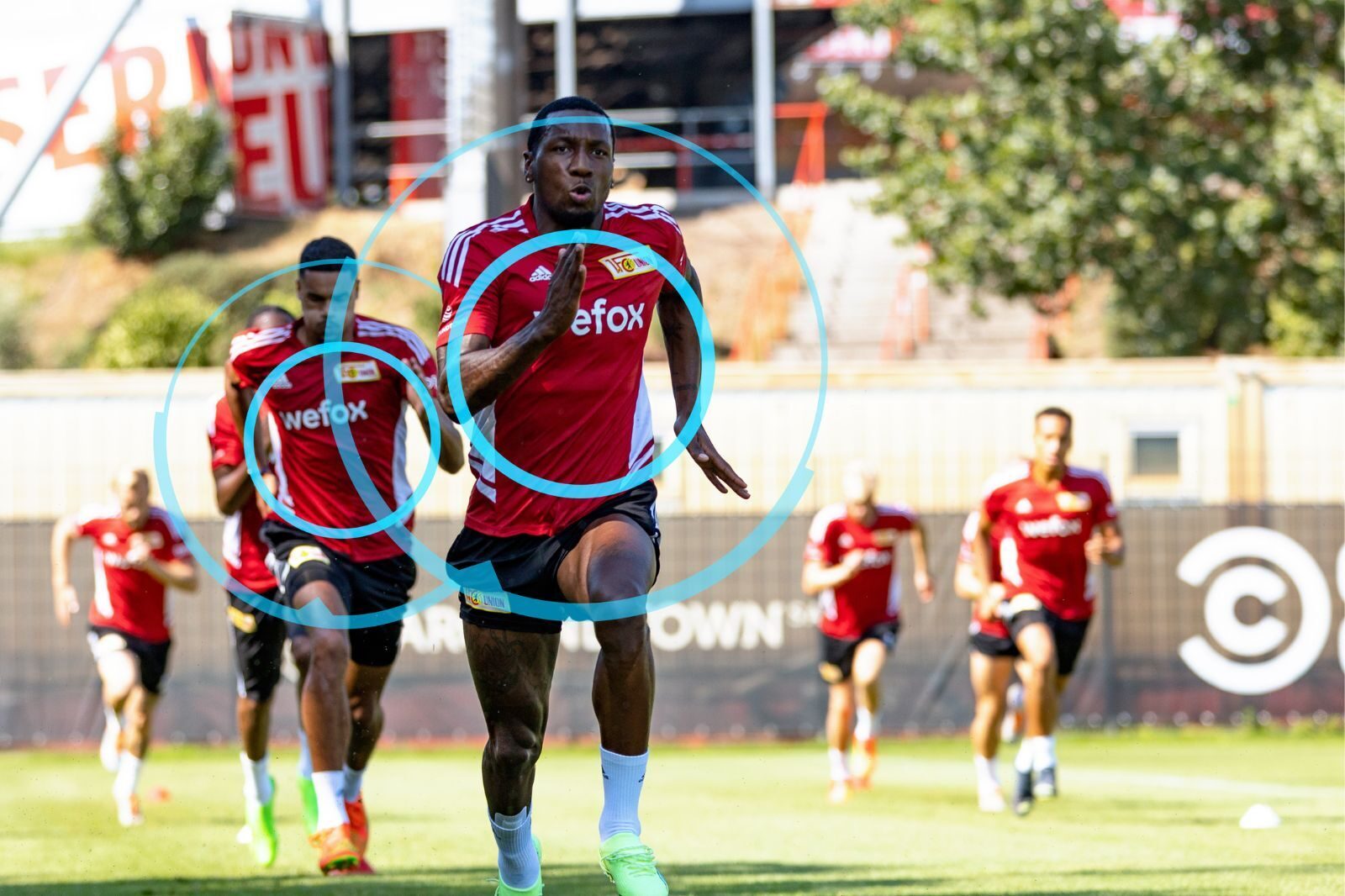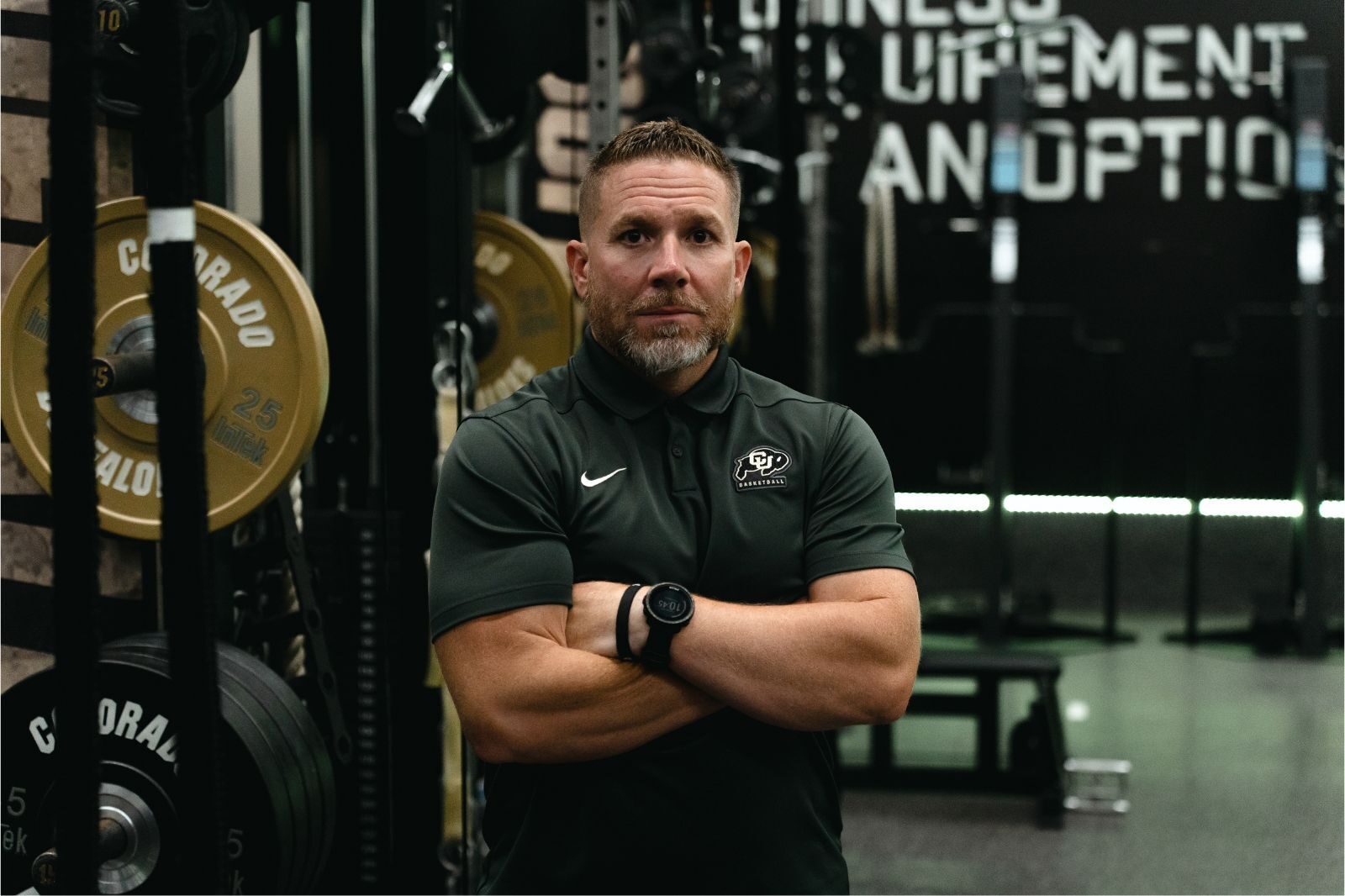Sports Tech and Equality: Why We Stopped Treating Women Athletes the Same as Men
Women athletes deserve the same treatment as men athletes. That doesn’t mean knowledge, training methods, and analysis techniques developed based on men and for men can be applied 1:1 to women. Equality must start earlier. We ask ourselves the following question: what requirements do women have for training planning and load control that have not been considered yet?
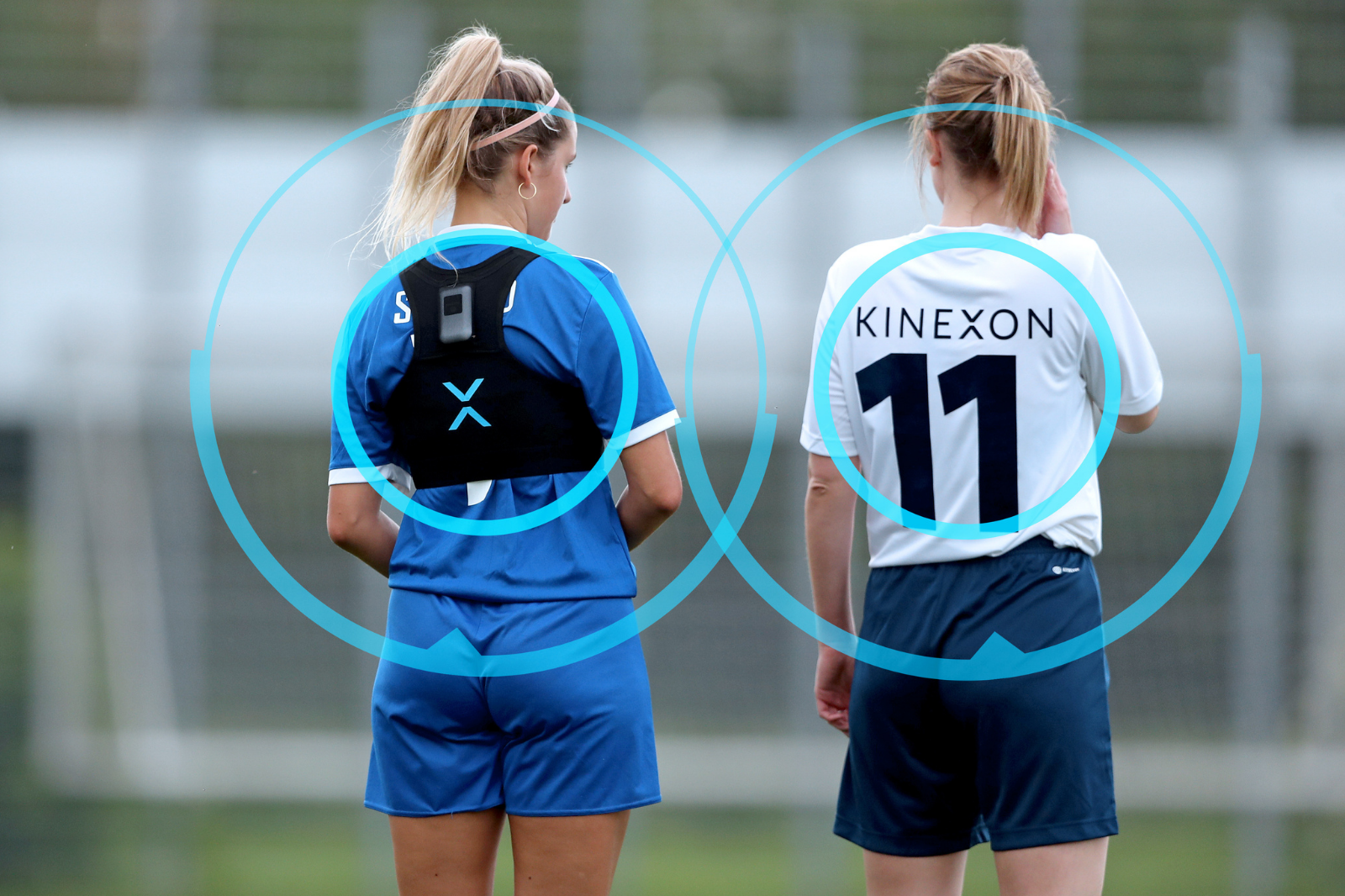
Author: Jana Hubel
The majority of sports science studies — and thus the foundations of scientific training planning — are based on men. As a result, women and men are largely treated the same in terms of exercise planning. At KINEXON, we are challenging this status quo together with our Sports Science Consulting Team.
Discussions with women athletes, trainers and analysts increasingly confirm our feeling. And bring up more and more women-specific requirements. To name a few — more or less obvious — examples:
Women-specific requirements for training and load control in professional sports:
1. Physical requirements
The hormonal and physiological systems of men and women are hardly comparable. A few examples: Women have lower bone density, higher body fat percentage, and less muscle mass, as well as cycle-based hormonal fluctuations. The load analysis should take female conditions into account for women’s teams. In other words, women should be compared to women. However, the database for men is many times larger. There is a need to catch up here.
2. Injury risk
Here, too, an example: The women’s center of gravity is lower. Women have a wider and flatter pelvis, which — statistically speaking — makes the knee more susceptible to injury (such as anterior cruciate ligament ruptures). Risks like these can be reduced if they are considered in training planning and analysis.
3. Performance
Lower VO2max and higher lactate values result in lower average maximum speed. Therefore, these values also cannot be compared to those of men. And again, adjustments in analysis are required. For example, thresholds for automatic event detection (e.g. sprint speed) need to be adjusted.
4. Cycle
Monthly hormonal fluctuations also influence performance. Incorrect load control can even lead to menstrual irregularities — which unfortunately is not uncommon in elite sports. Ideally, therefore, training intensity should be adapted to the female cycle. This means: more intensive training in the follicular phase and training that promotes regeneration in the luteal phase.
5. Body measurements
Women-specific differences must also be considered when fitting sensor technology. Chest straps and functional vests with integrated HRF and/or tracking sensors must fit each male and female athlete comfortably, without slipping or causing discomfort. Only in this way can the athletes perform to their full potential — and the sensor record data without gaps.
Based on feedback and insights from teams, we have developed the first demand planner dashboards.
Using Data to Create Analytics for Women Athletes

Ladies, we will make a big difference here!
Live data-based training and game analysis is one of the most efficient and effective ways to manage loads, develop performance capabilities individually, reduce injury risks, manage rehabilitation and more.
The speed at which “women’s sports” is growing is immense. Rising viewer figures, higher media attention and more fans in stadiums reflect the development. Also, teams and athletes themselves are also striving for higher levels of performance.
We are convinced that the individual requirements in women’s sports have been included too little (or partly not at all) for too long and that therefore an enormous performance potential still lies dormant in the teams.
For this reason, we accompany a number of top teams with our mobile player tracking system KINEXON PERFORM GPS Pro and our Sports Science Consulting Team. Together, we challenge existing approaches, fill data and knowledge gaps, collect feedback from players and work on new ways to make live performance and stress data and their analysis efficient and meaningful.
Admittedly: There are things we don’t know (yet). We want to listen and learn. Our goal? A joint further development with our customers. We look forward to insights and results, and to sharing them with you. If you want to become a part of this process, join us and get in contact here.
Throughout the development of new features and dashboards, TSG Hoffenheim provided invaluable assistance and insights.
Find out how by downloading the case study below.

